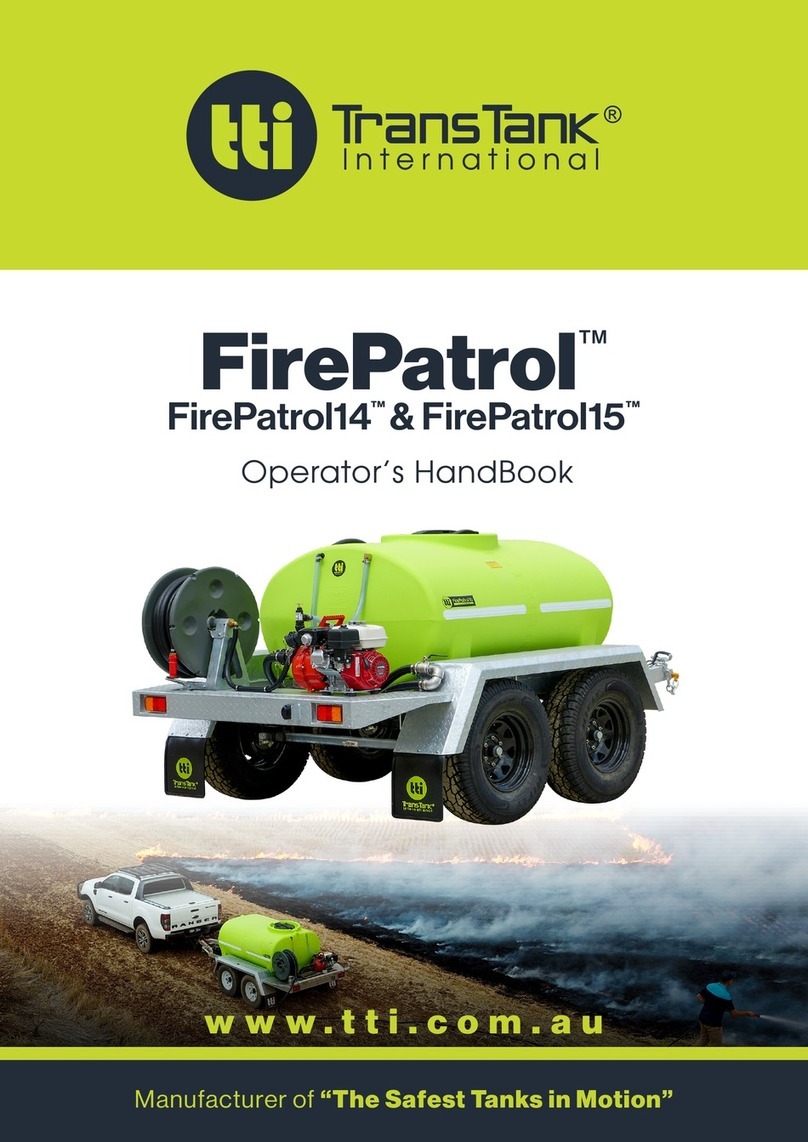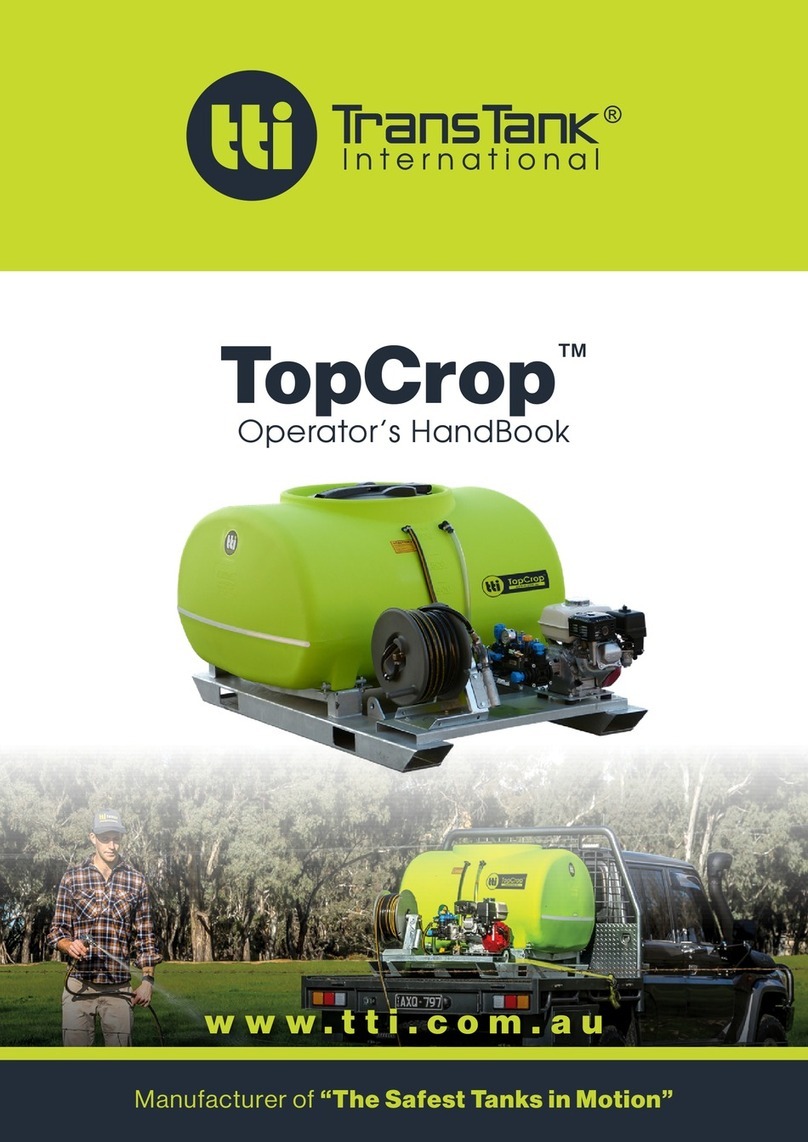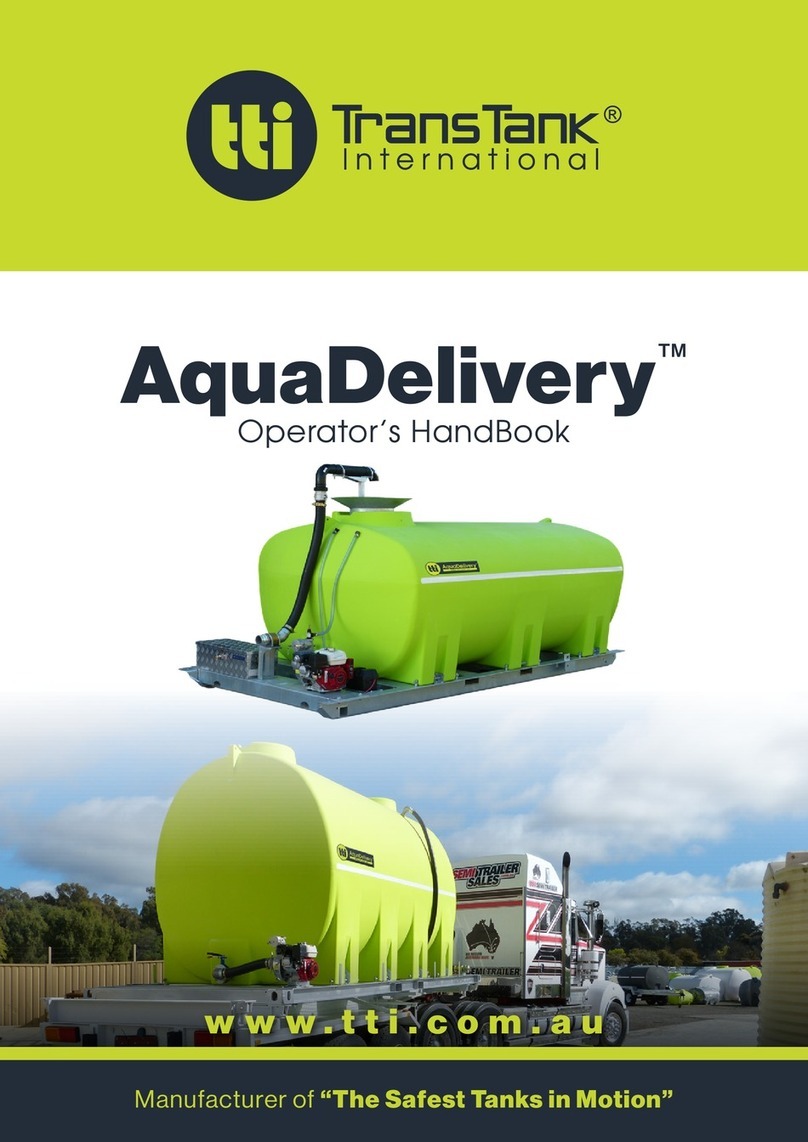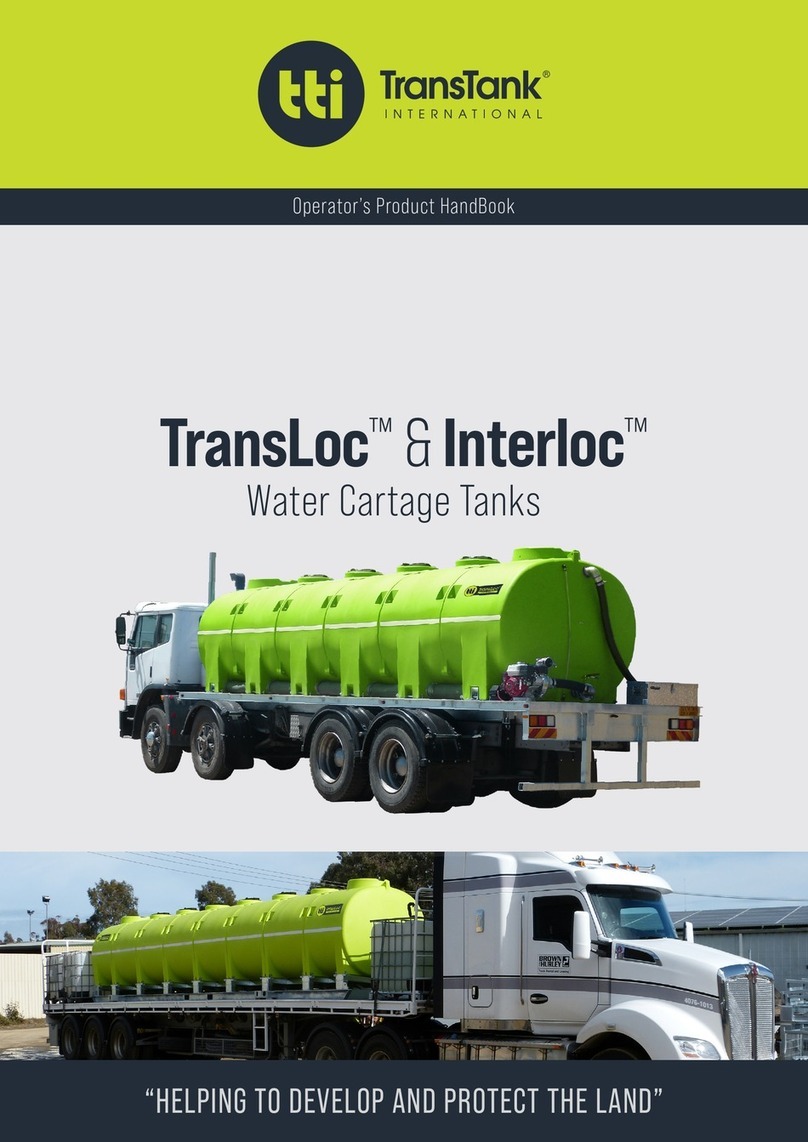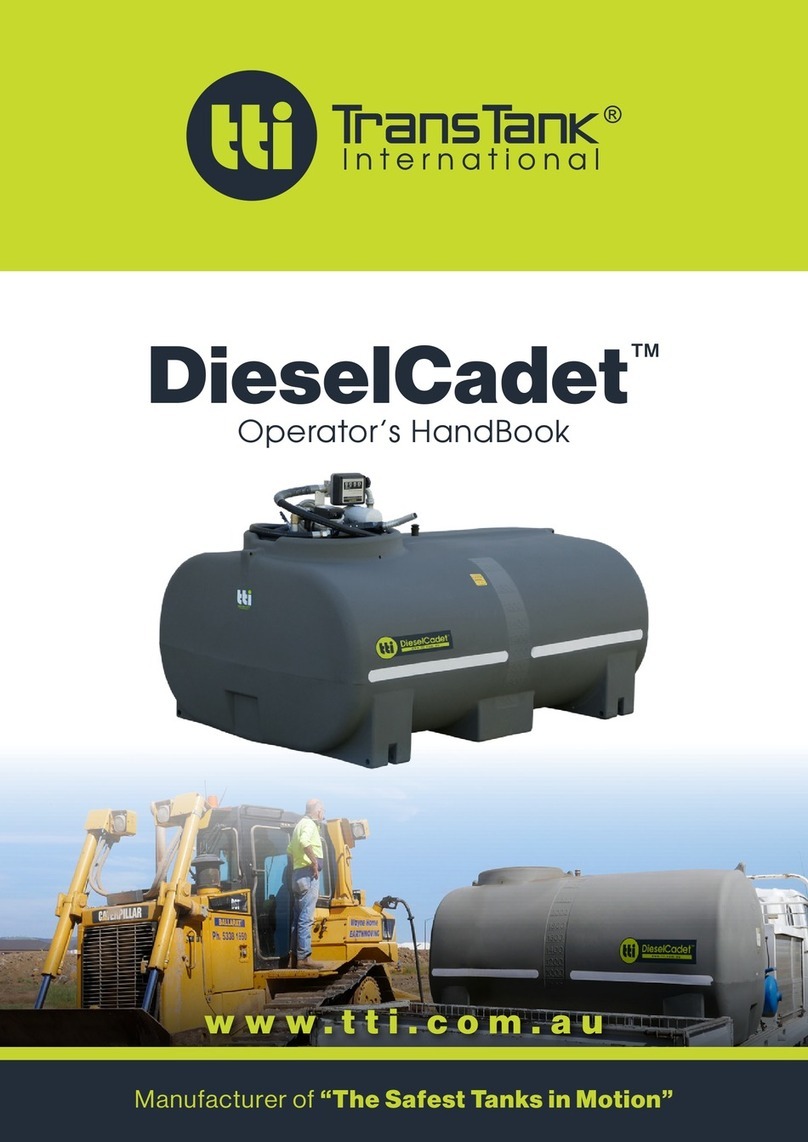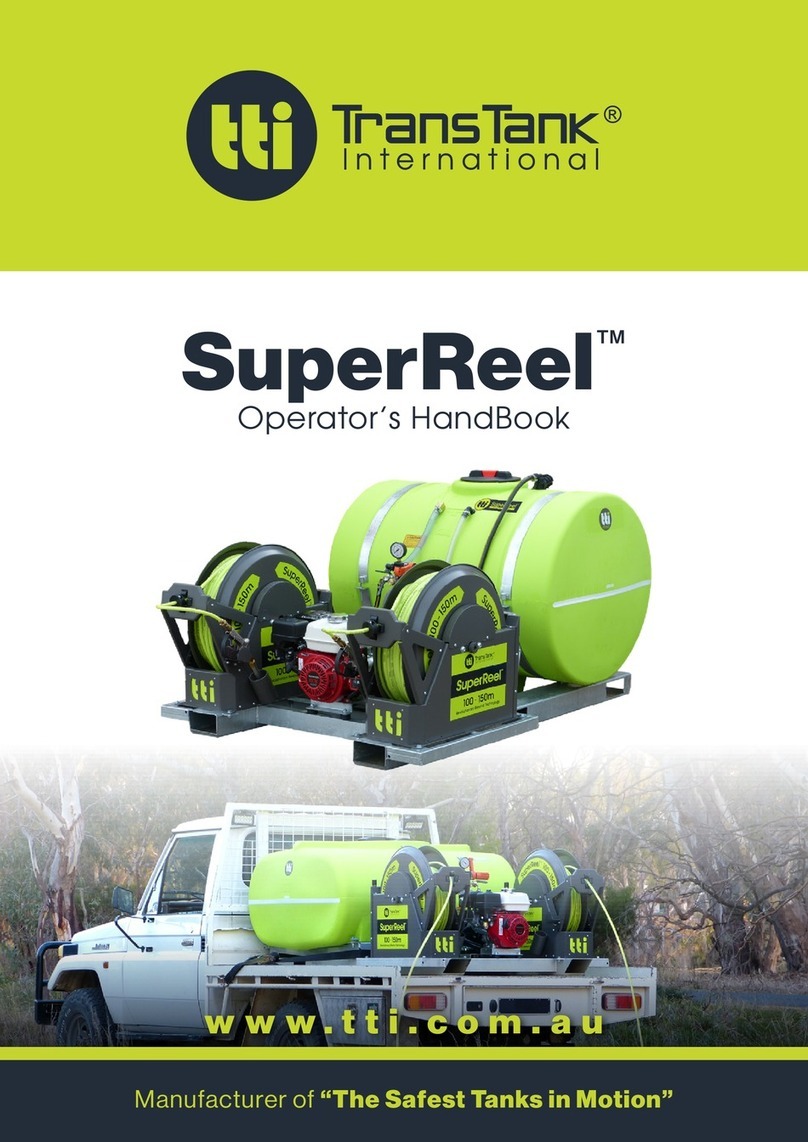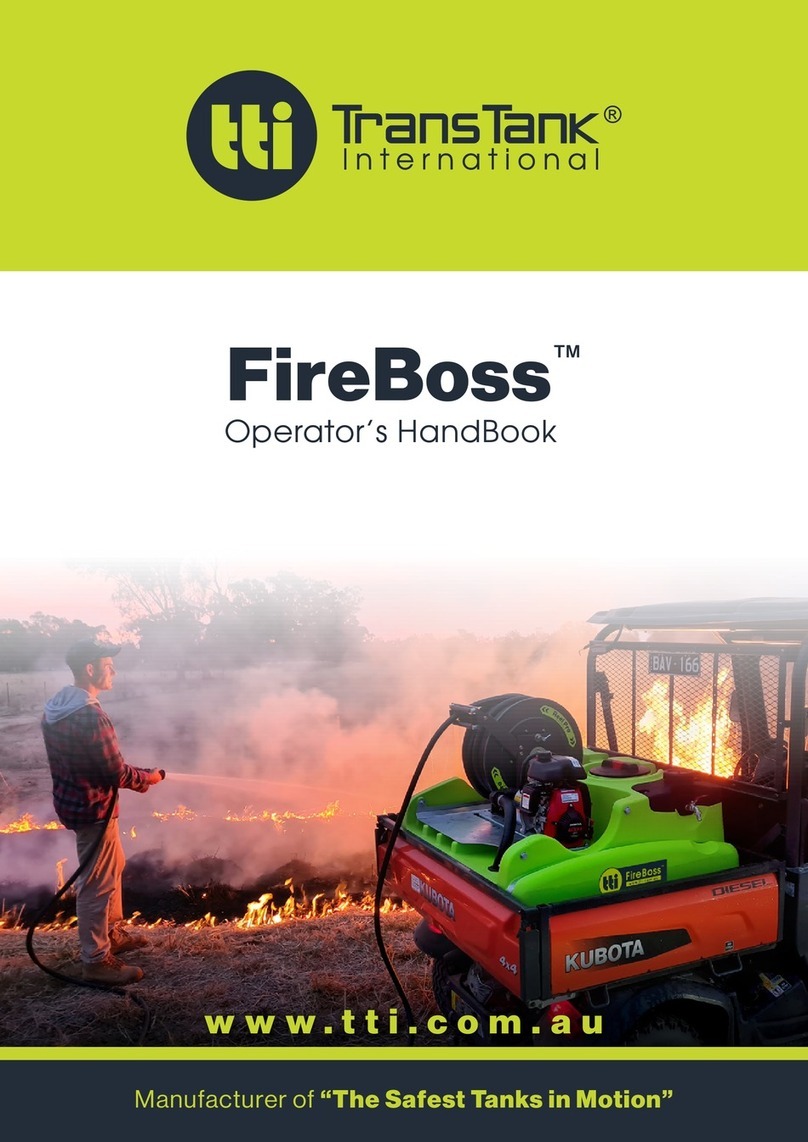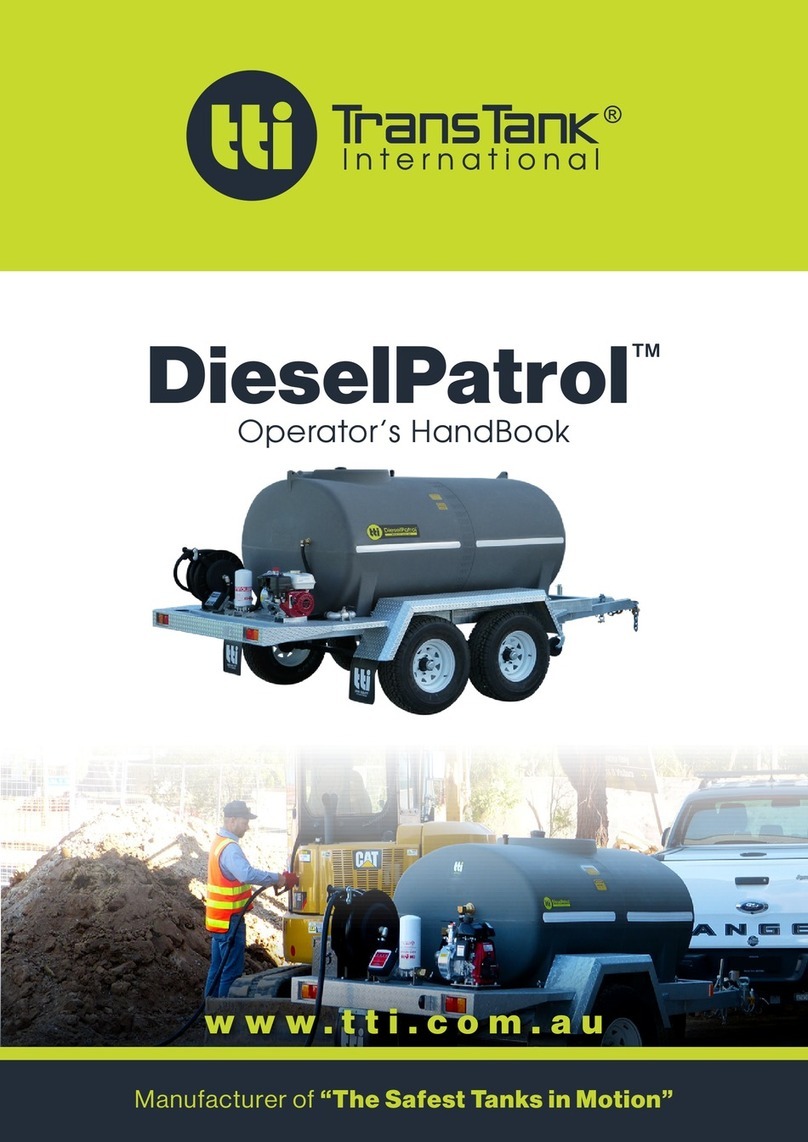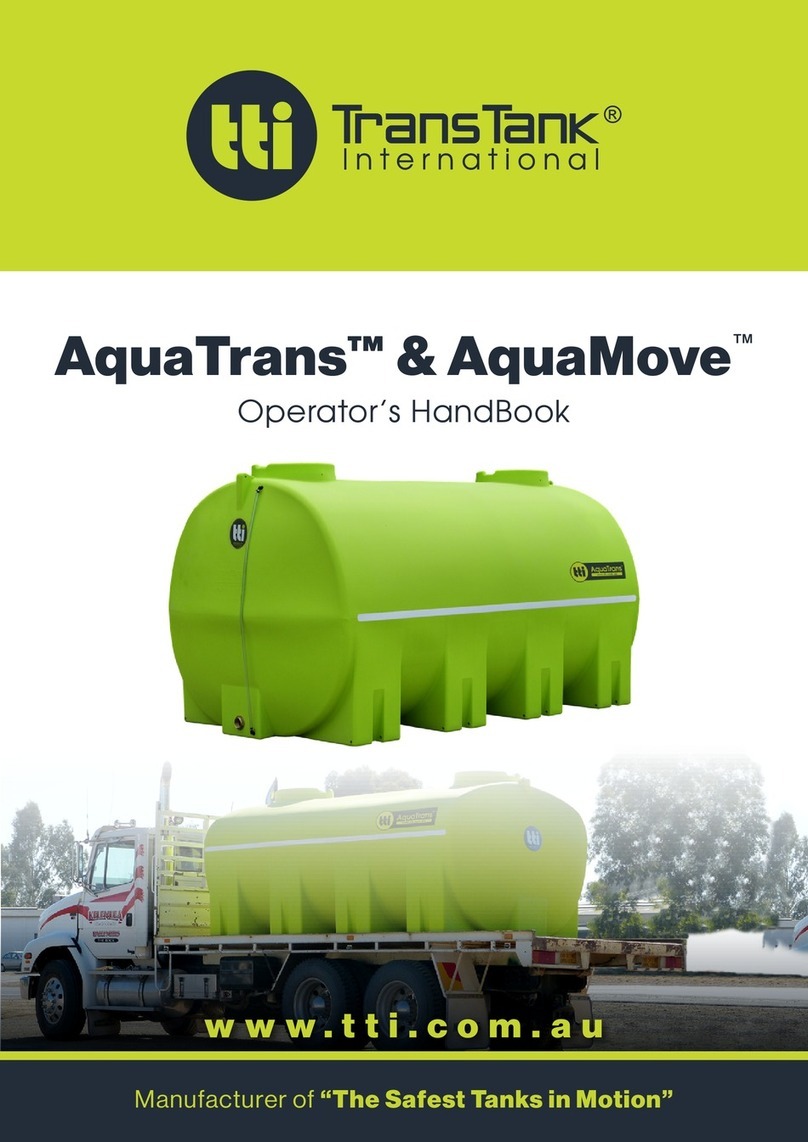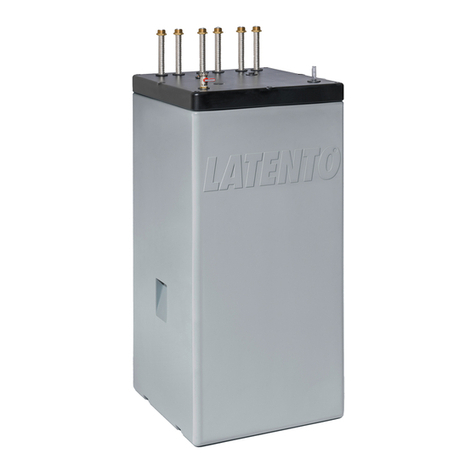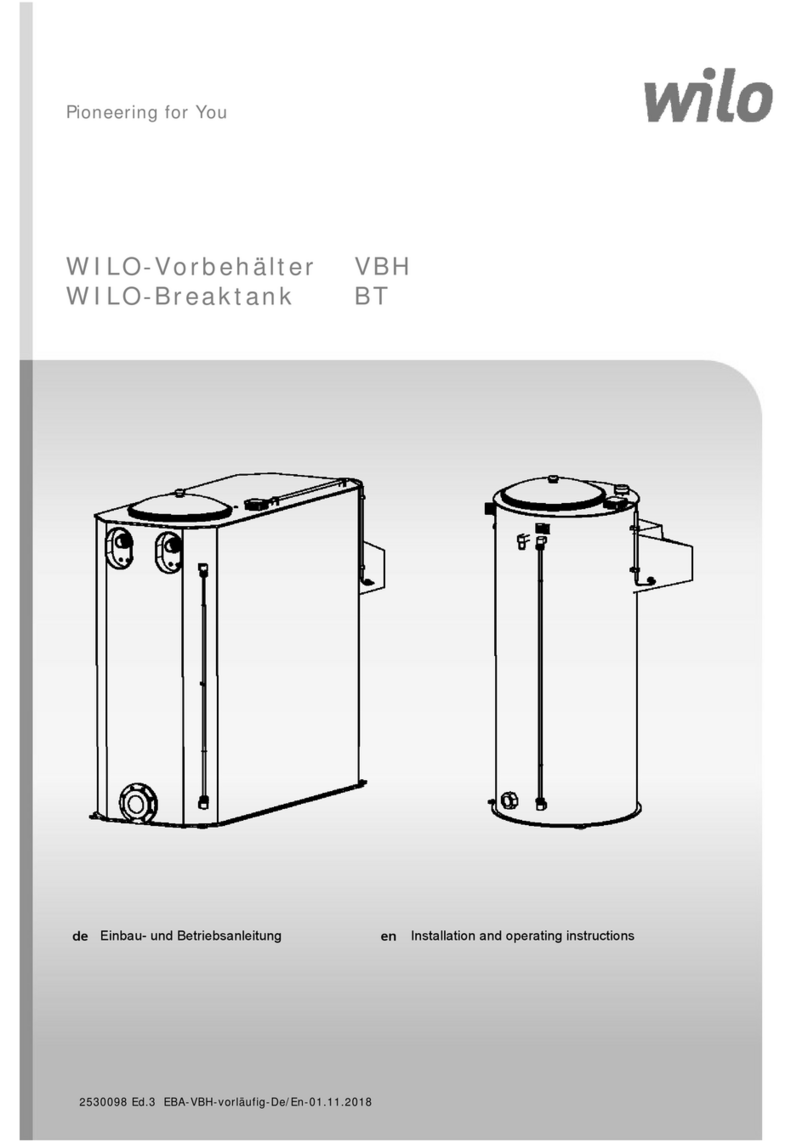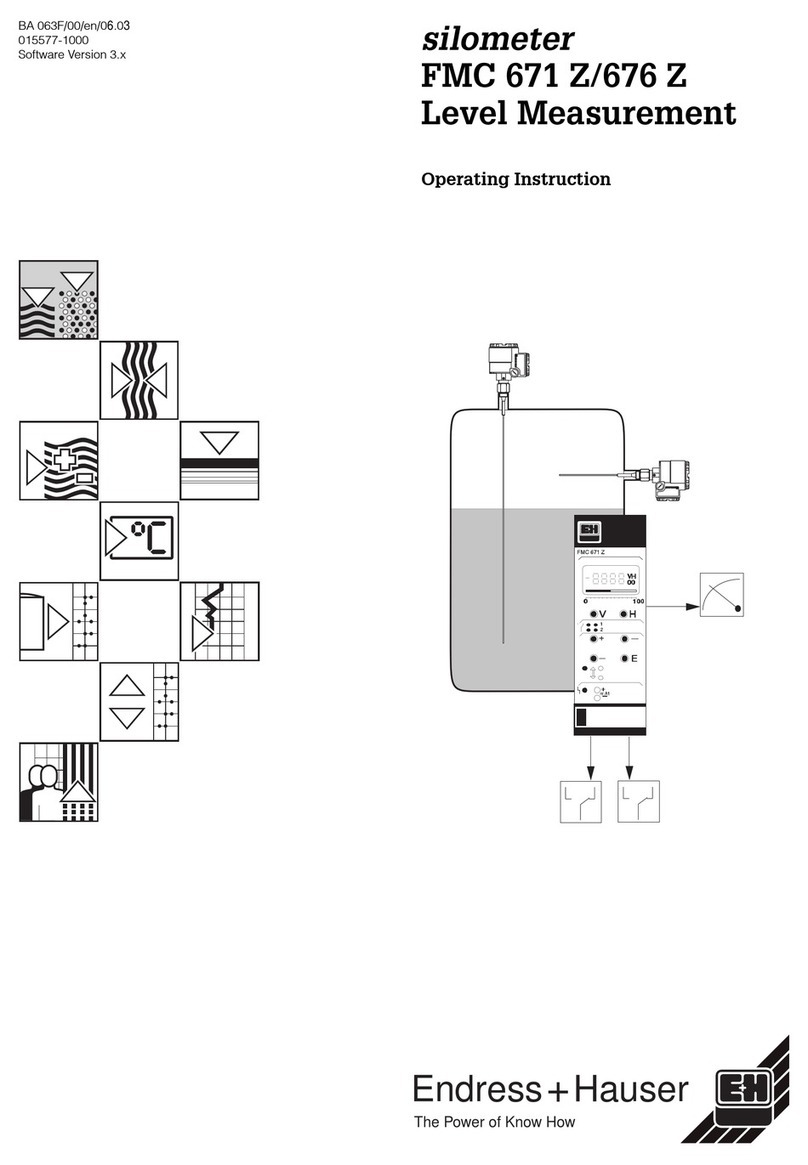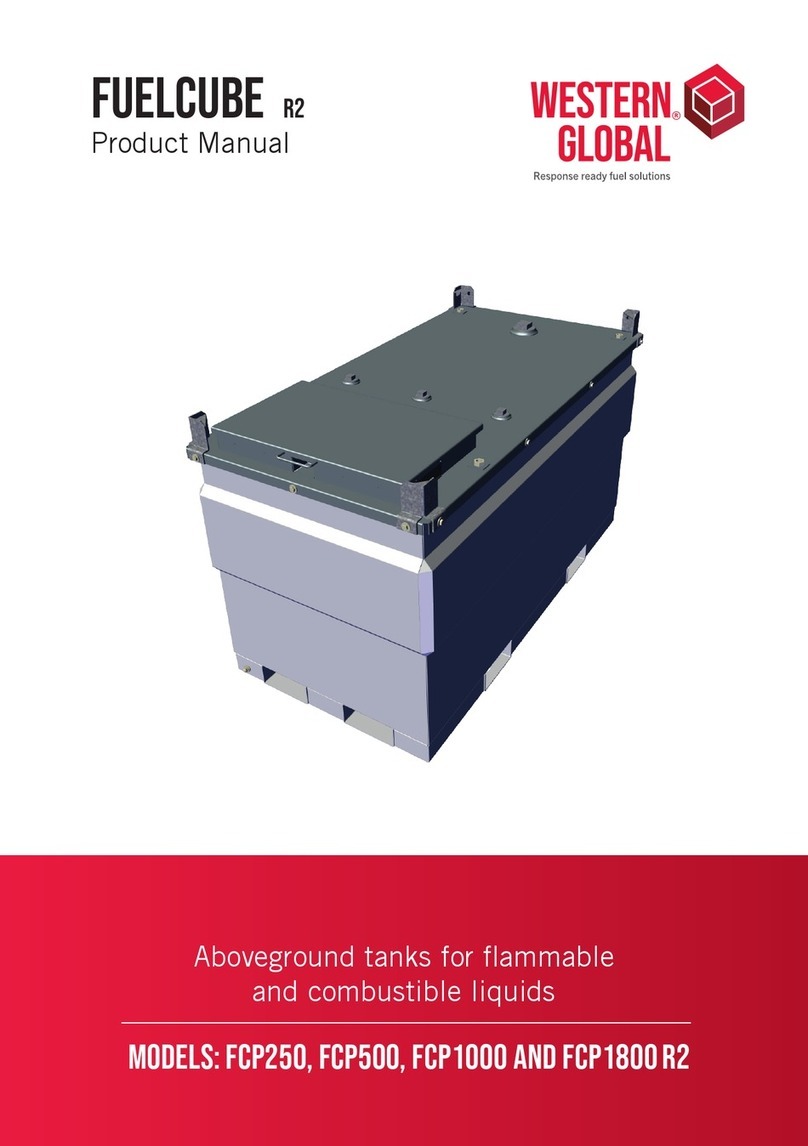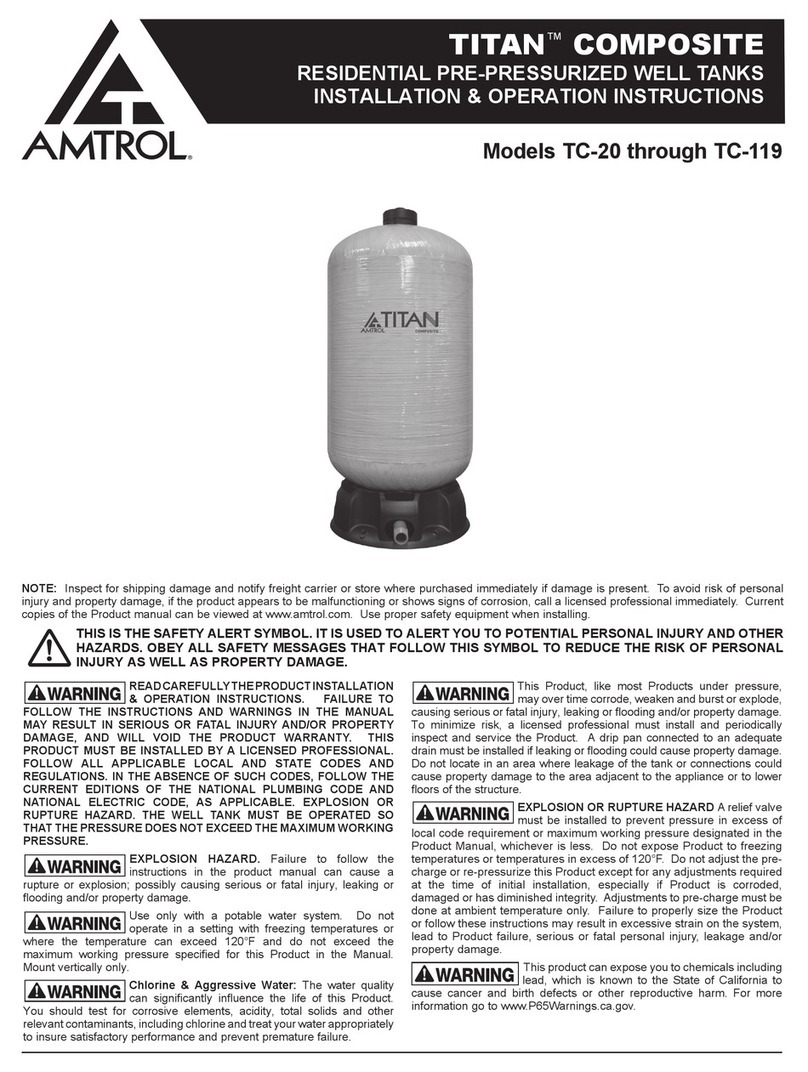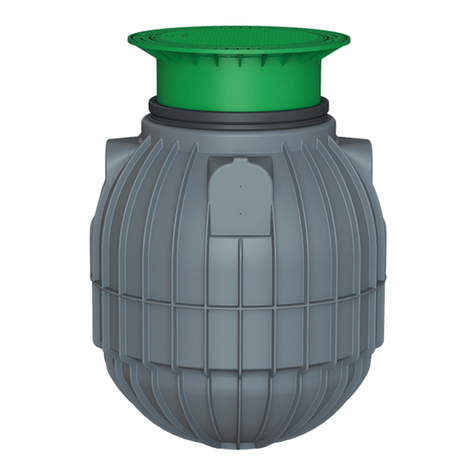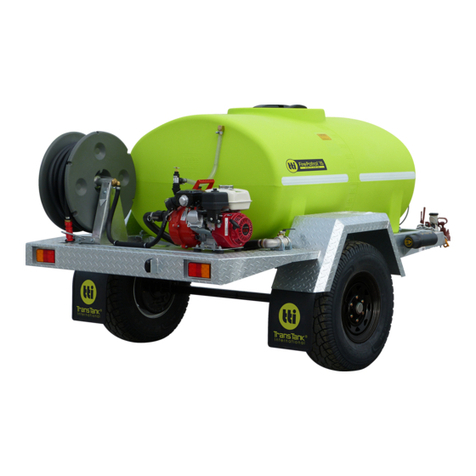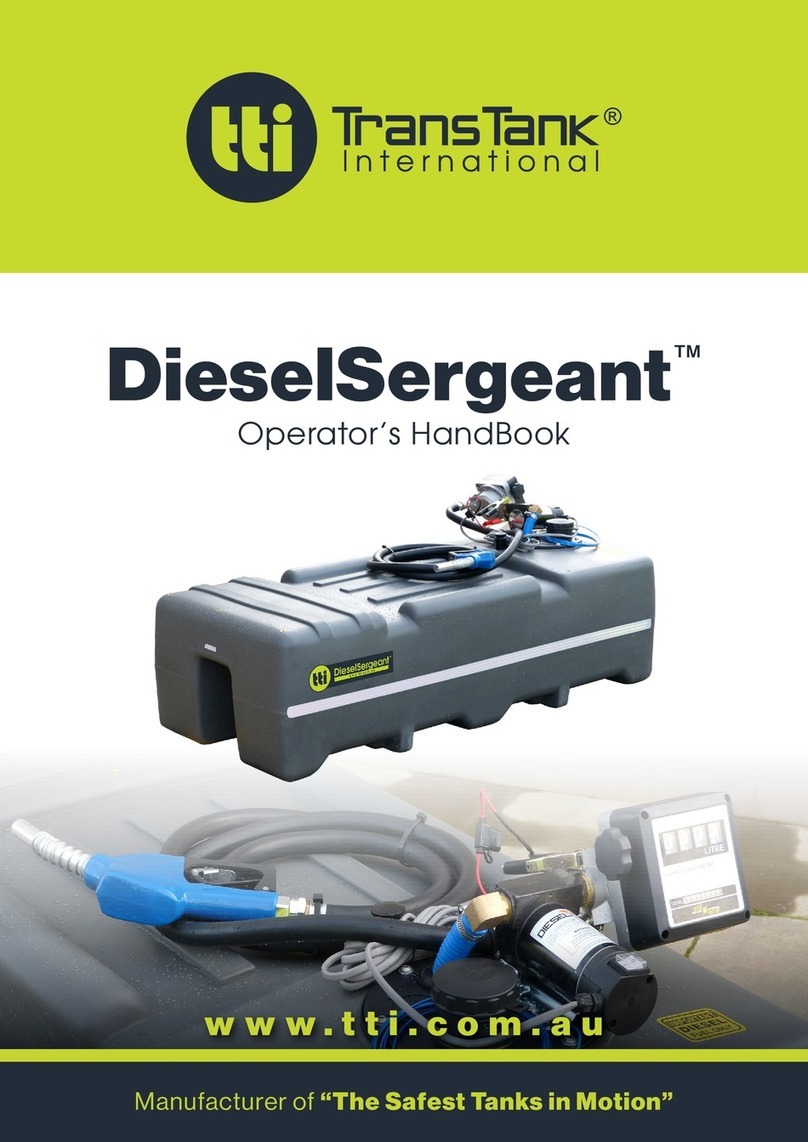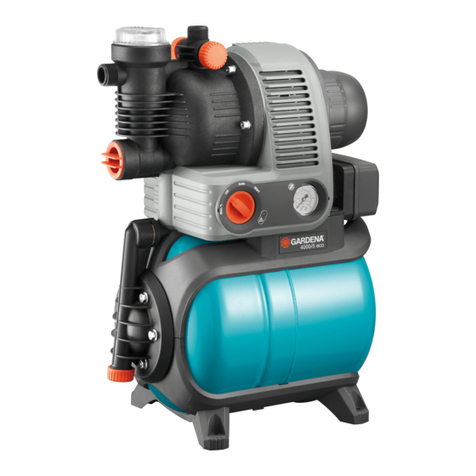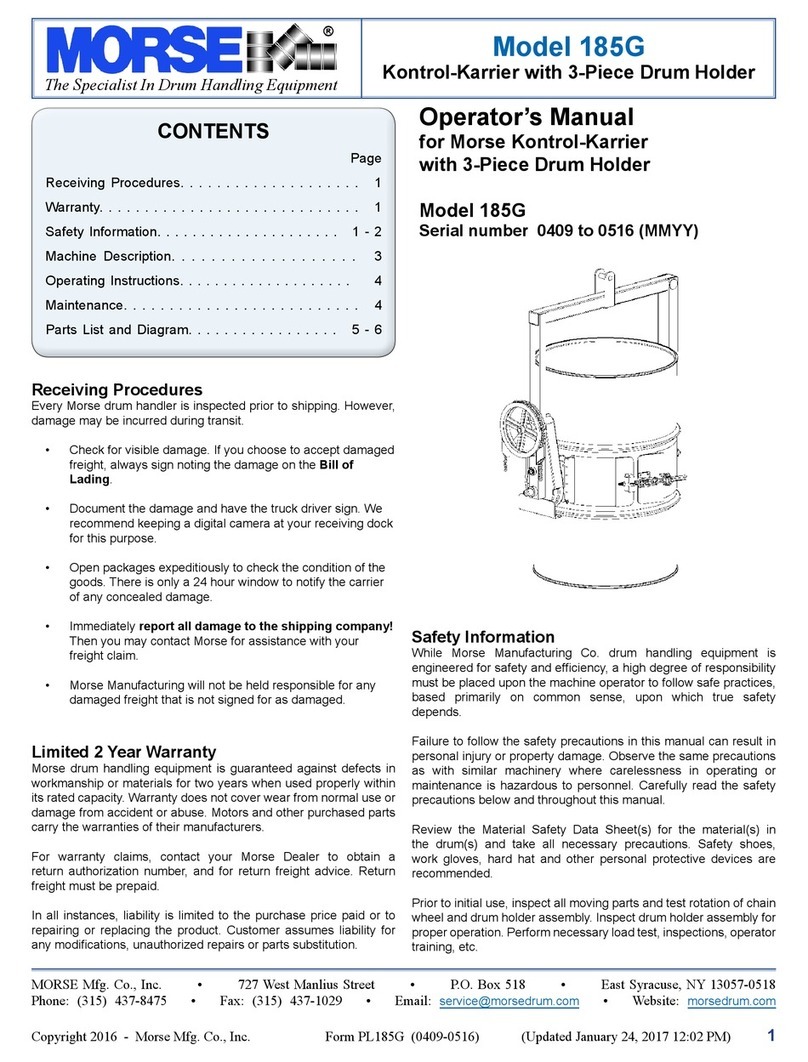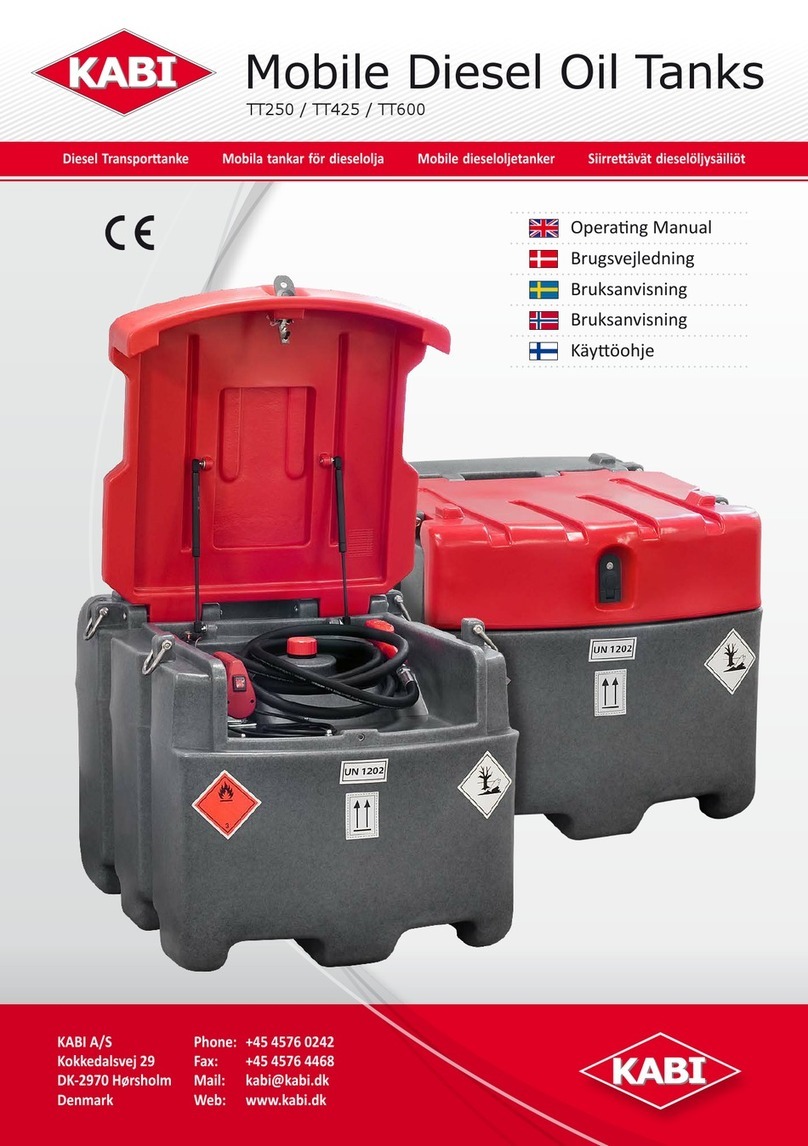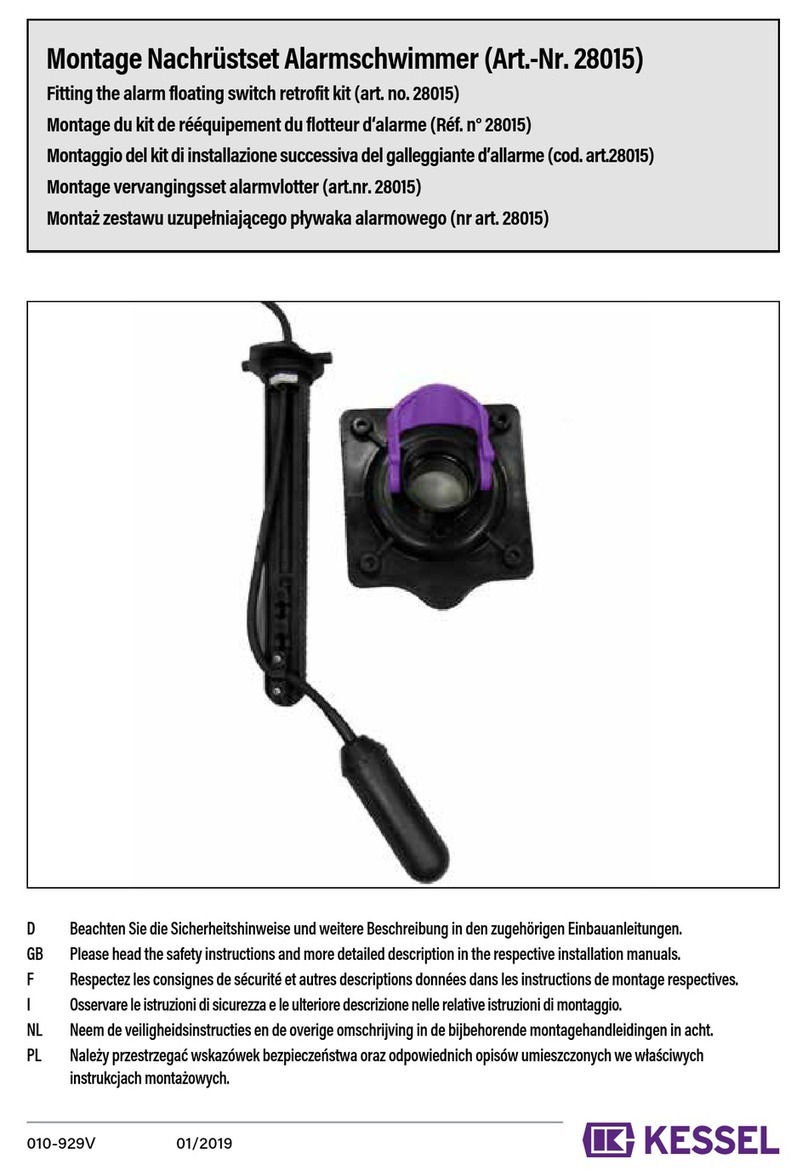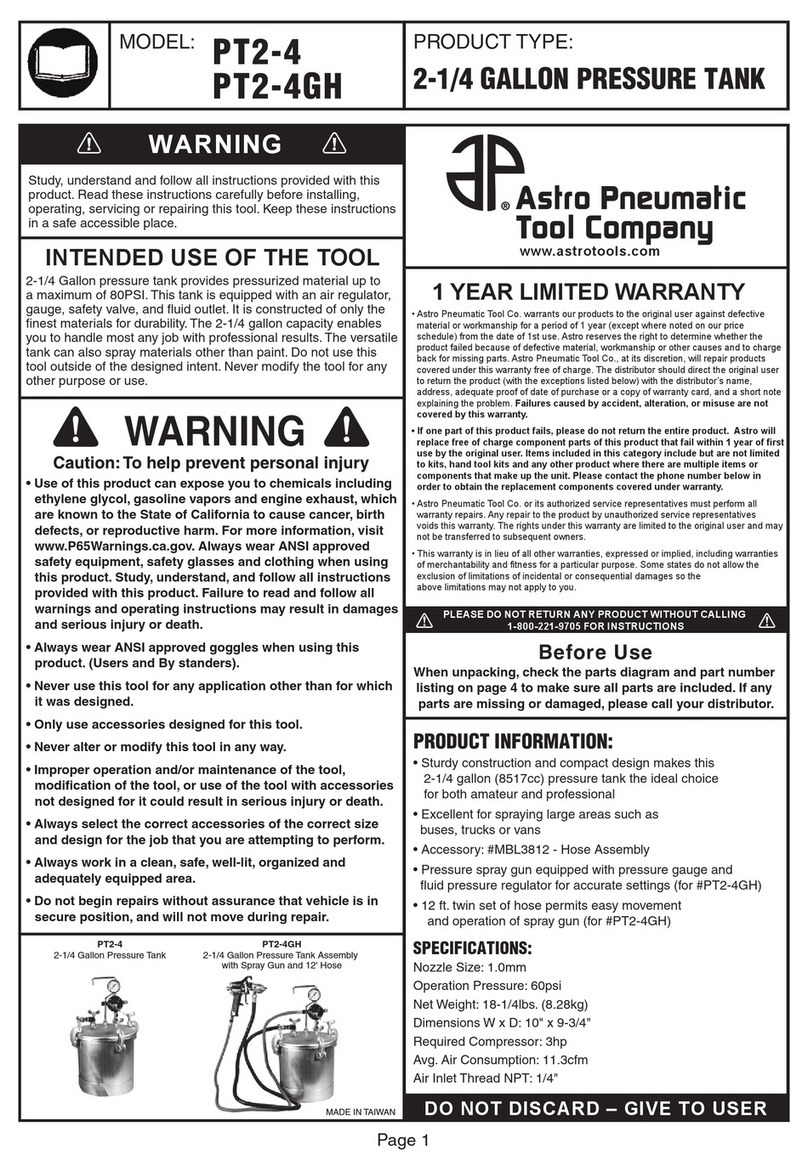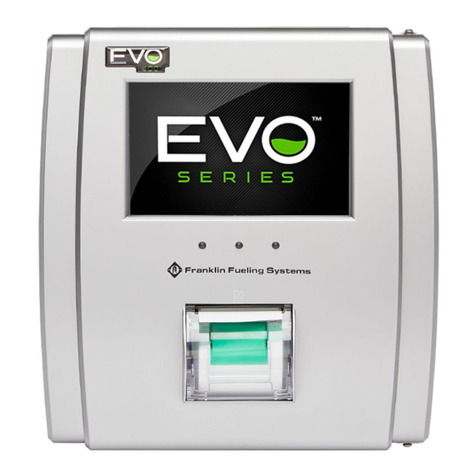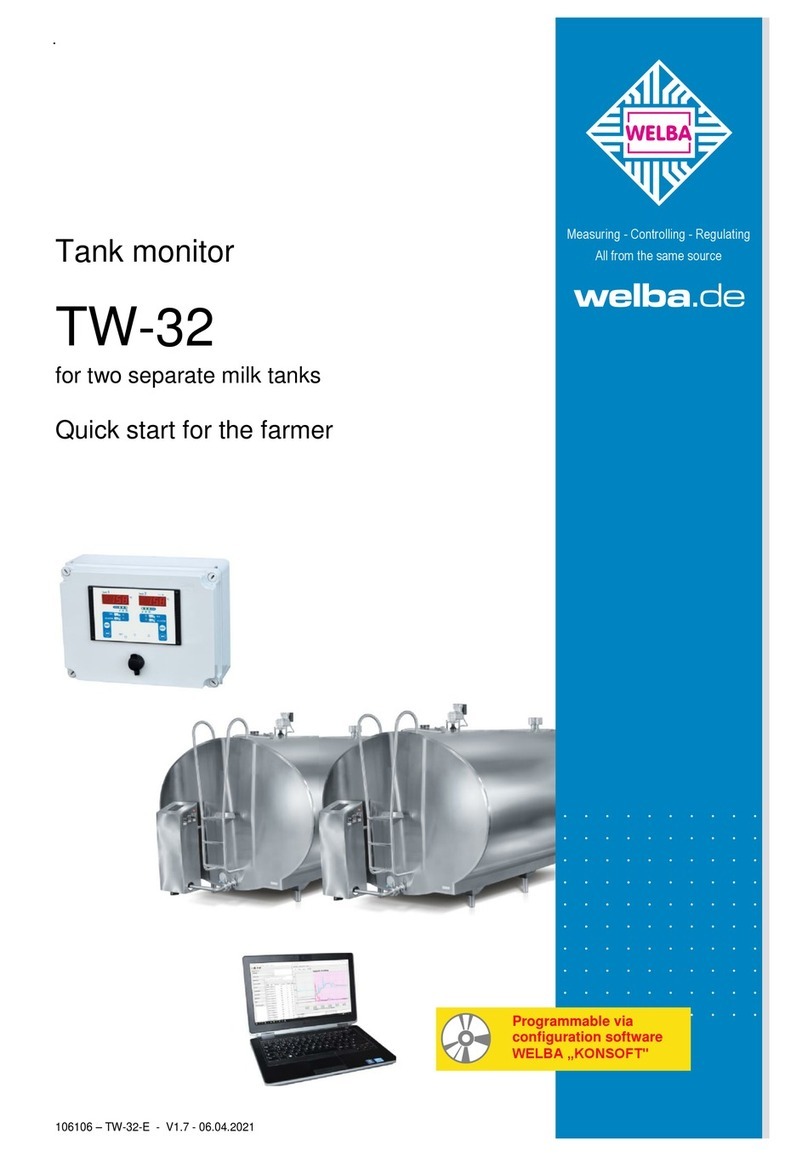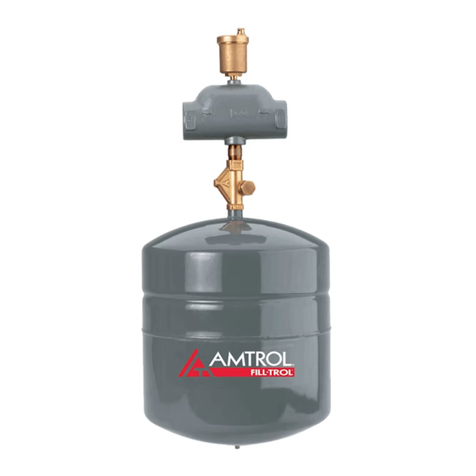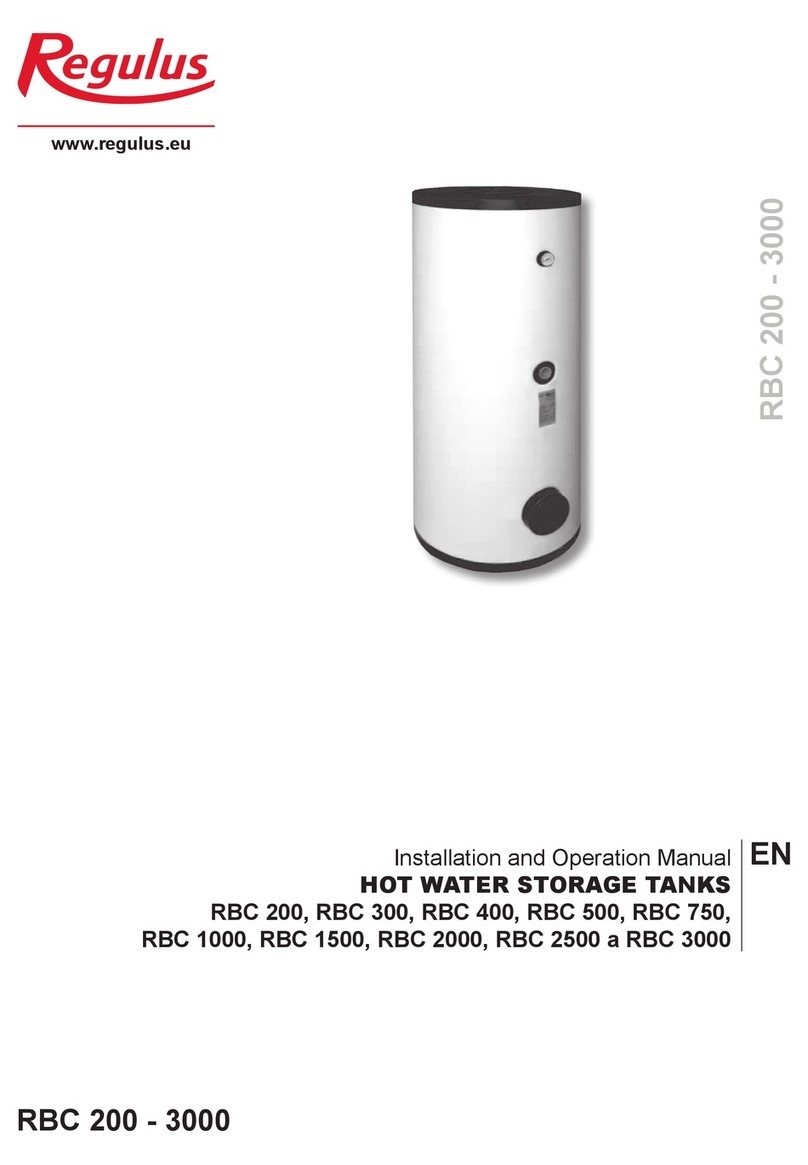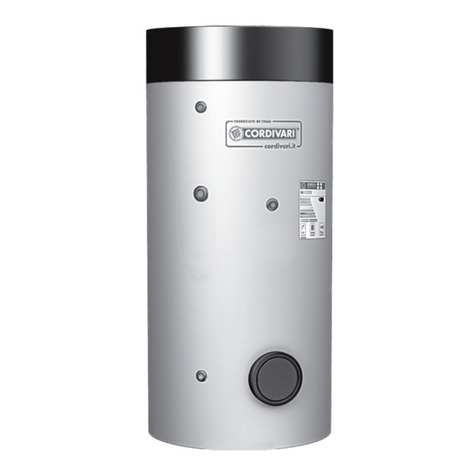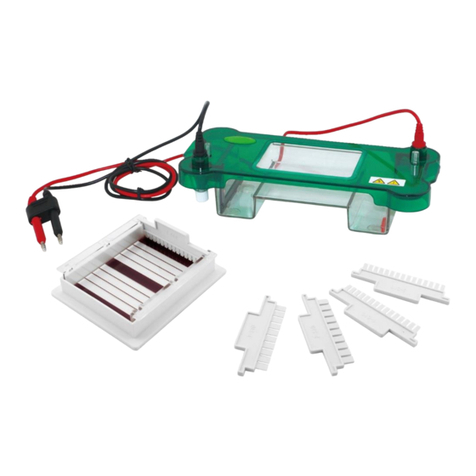
www.tti.com.au
SilageMaster™
PRODUCT HANDBOOK
Freecall: 1800 816 277
5
General Safety Instructions
1. This unit is designed and manufactured solely for the purpose of carrying and spraying silage inoculants.
Under no circumstances should it be used for any other purpose. It must never be used for transporting
fuel.
2. Only authorised and trained personnel are to operate this equipment. Operators must have read and
fully understood this manual before operating the SilageMaster unit.
3. Do not operate the SilageMaster anywhere near bystanders, livestock, watercourses or any non-
targeted vegetation that may be in danger from spray drift contamination.
4. Wind direction and speed must be taken into account, as windy conditions may endanger the operator
or damage to adjacent non-target vegetation. Avoid spraying on hot and sunny days or when wind speed
exceeds 6.5km/h.
5. Do not operate this equipment while under the influence of alcohol or any drugs that could impair your
capabilities in any way.
6. PPE appropriate to the chemicals being used must be worn at all times when operating the SilageMaster.
As a minimum, the PPE should include coveralls, gloves and boots. A face shield and PVC apron are
recommended depending on the task. It is recommended that the following documents should be read
and understood by the operator:
• Australian Standard for Chemical protective clothing AS3765
• Australian Standard for Respiratory protection devices AS1715
7. Ensurethe capacity ofthevehicleissuitable fortheloaded massoftheSilageMaster. Referto thevehicle’s
operator manual for safe working loads, correct securing points and relevant safety instructions. Do not
exceed the carrying and braking capacity as specified by the vehicle manufacturer. As a guide, one litre
of water weights one kilogram (kg), therefore a full 200 litre SilageMaster will weigh in excess of 240kg.
8. The unit must be securely mounted to the vehicle. Ensure the SilageMaster is secured correctly before
operation.
9. Care should be taken at all times, particularly when operating on rough or steep terrain. Drivers should
be aware of fluid surge affecting the vehicle’s centre of gravity.
10. The SilageMaster must never be left unattended while being filled with inoculants.
11. Do not operate the pump when there is no fluid in the tank.
12. Do not disconnect any hoses, nozzles or filters while the equipment is operating. Disconnecting any
components while under pressure may result in uncontrolled fluid discharge which may be hazardous.
13. Ensure any electrical connections are properly configured, to prevent damage such as shorting or
reverse polarity.
14. At completion of operation, switch the pump off and relieve any residual pressure by opening a spray
boom valve.
15. At completion of the operation, decontaminate the SilageMaster tank and spray lines. Drain any residue
inoculants and store in a sealed container. Dispose of any unwanted chemicals and tank rinse residue in
accordance with current environmental and workplace health and safety regulations.
16. The SilageMaster has safety labels affixed to various locations on the unit. These labels should be kept
clean and legible, and replaced if damaged.
17. Any unauthorised modifications to this equipment may affect its function and create a serious safety
risk. Any unauthorised modifications will void any warranty on the unit.
